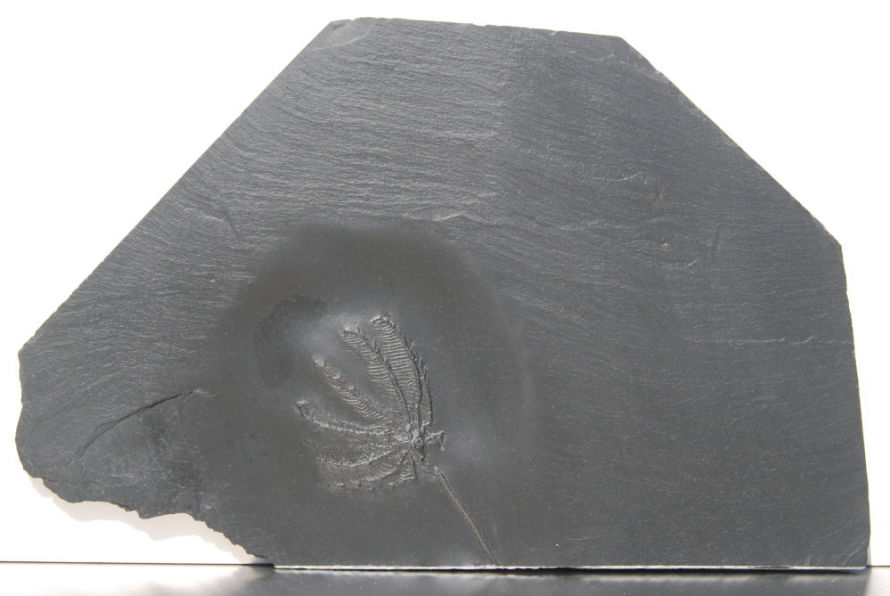
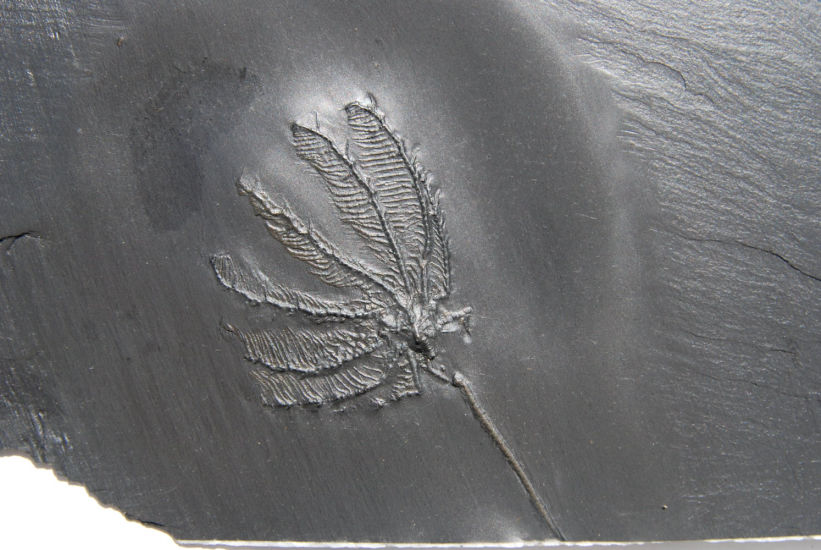


Hapalocrinus frechi
16x24 cm (matrix); 8 cm (fossil)
Bundenbach; 350,- EUR
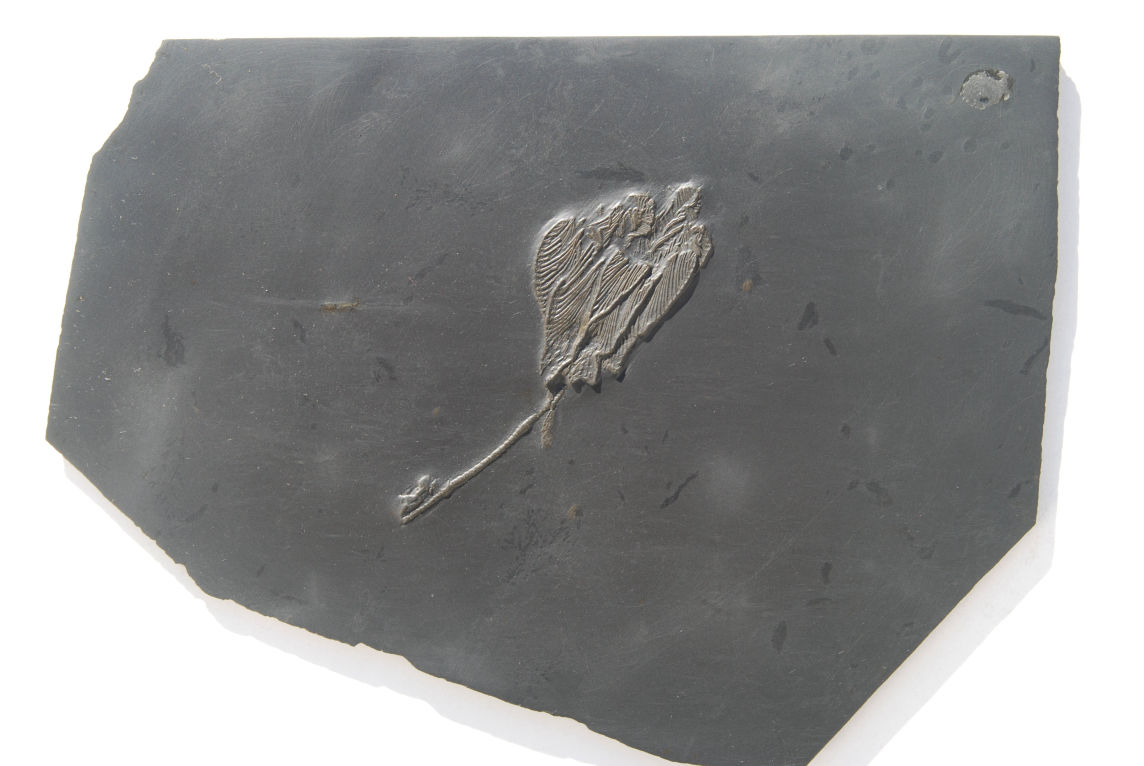
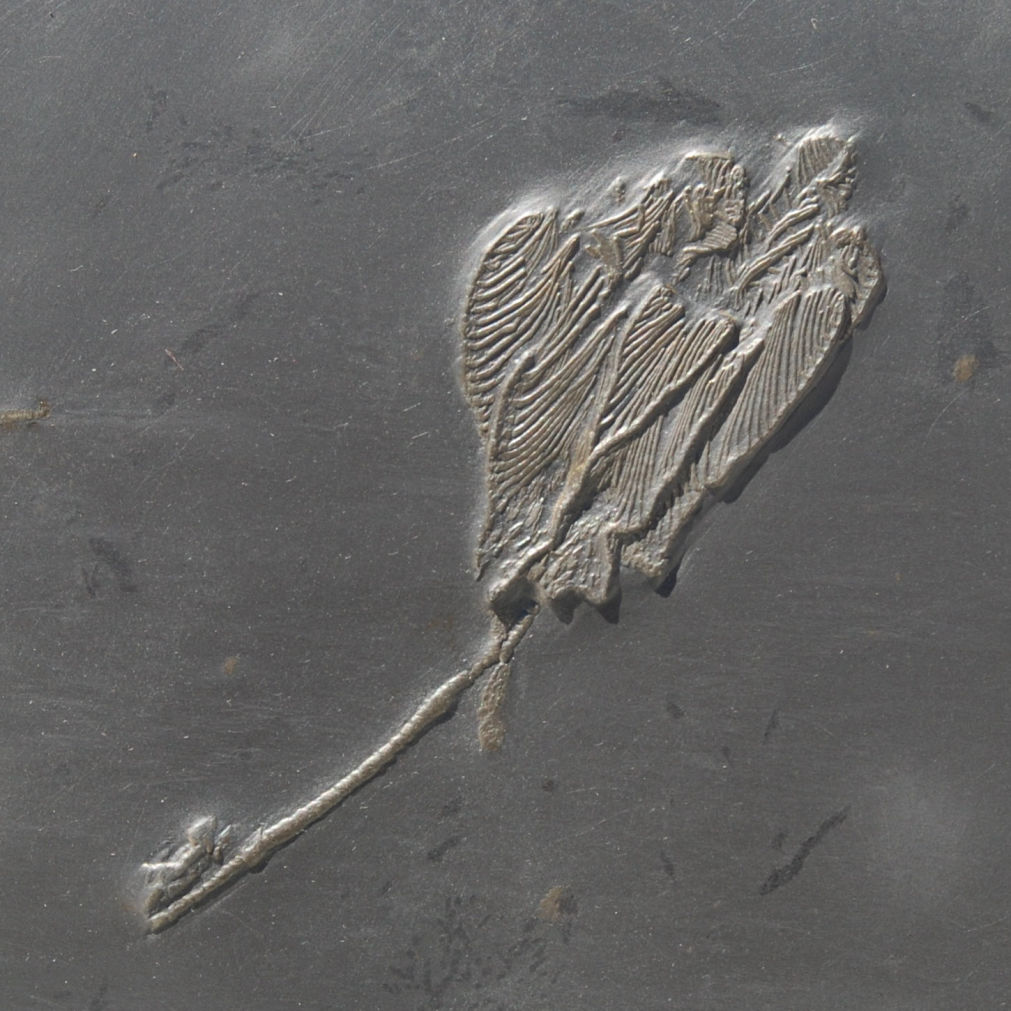
Hapalocrinus elegans
9.5 cm (Fossil)_20x15 cm (Matrix)
Bundenbach, Grube Obereschenbach

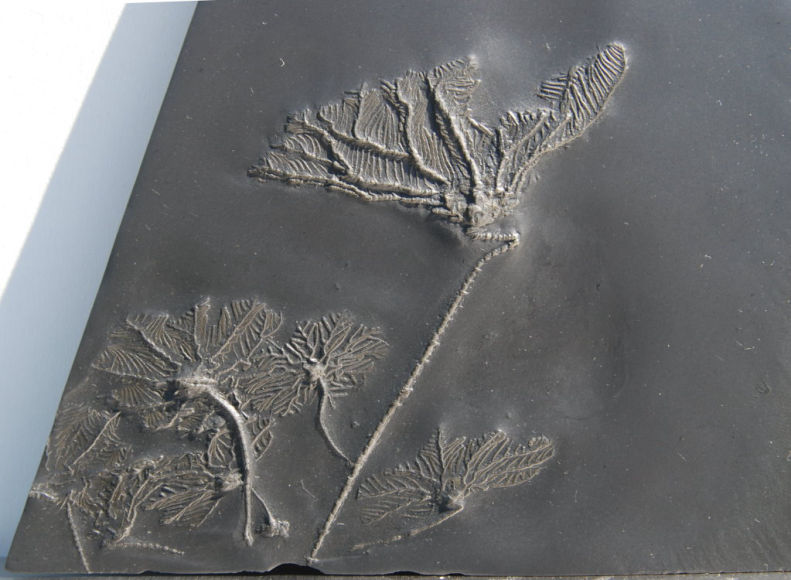
Imitatocrinus gracilor (6x)
Bundenbach, Grube Obereschenbach
18x18 cm (Matrix), 10 cm (Fossil)
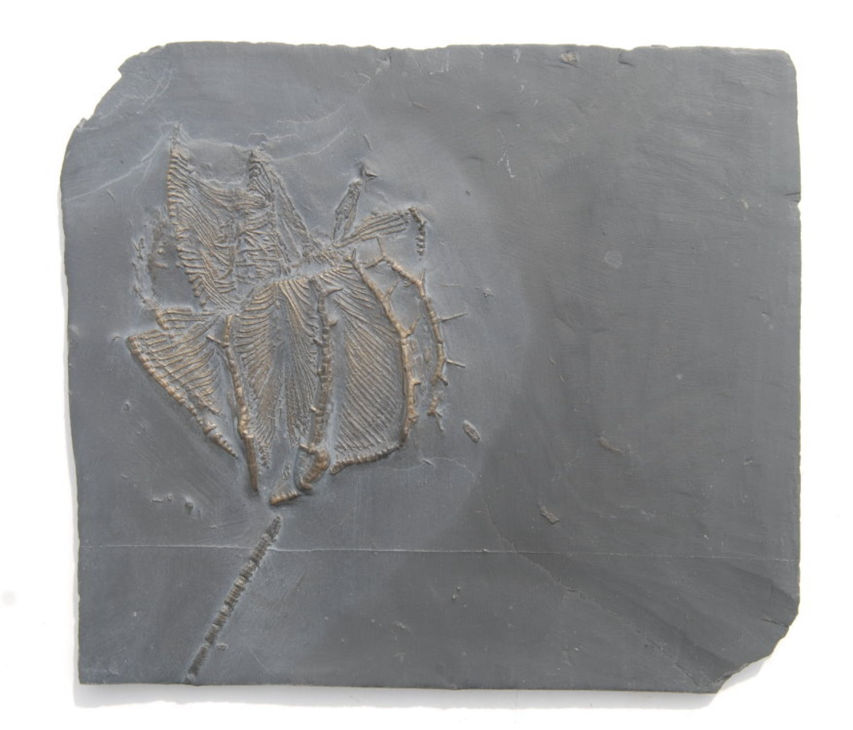
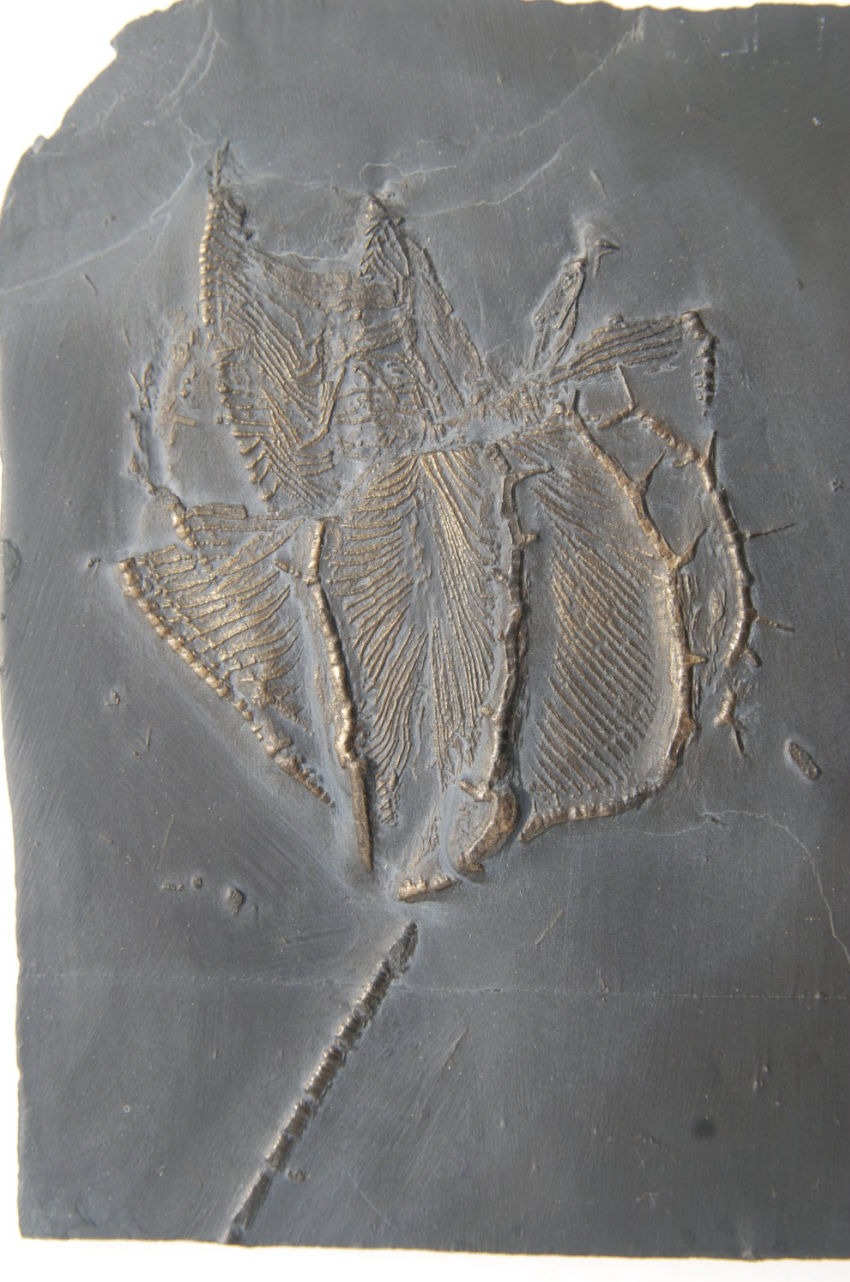
Imitatocrinus gracilor
12.5x14 cm (matrix); 7 cm (fossil)
Grube Obereschenbach
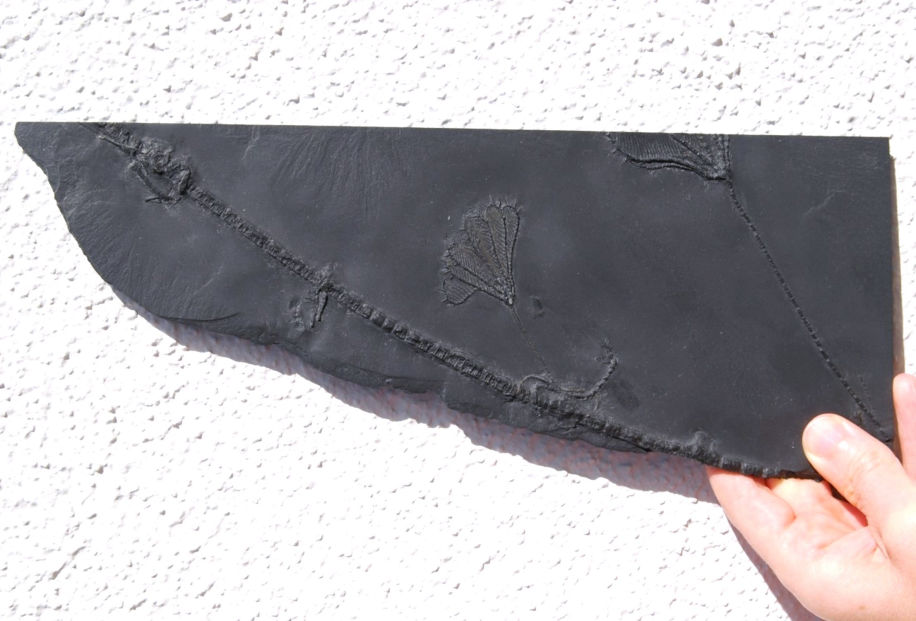
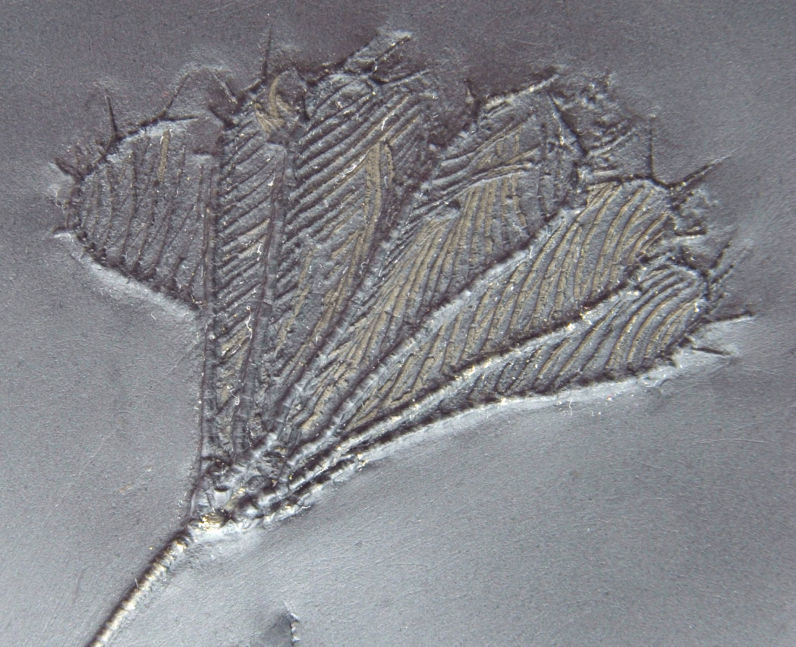
Thallocrinus procerus
29x12 cm
Taxocrinus stuertzii
15x15 cm (matrix); 10 cm (fossil)
Bundenbach, Grube Obereschenbach
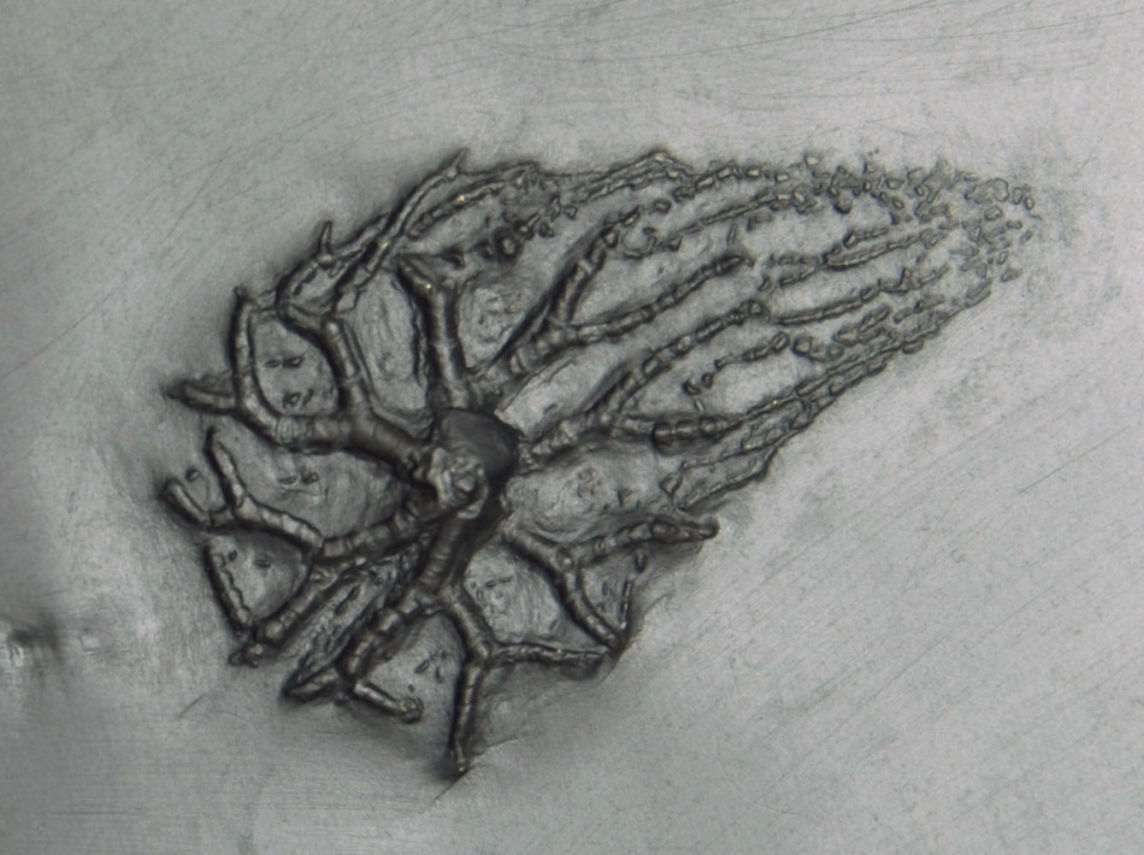
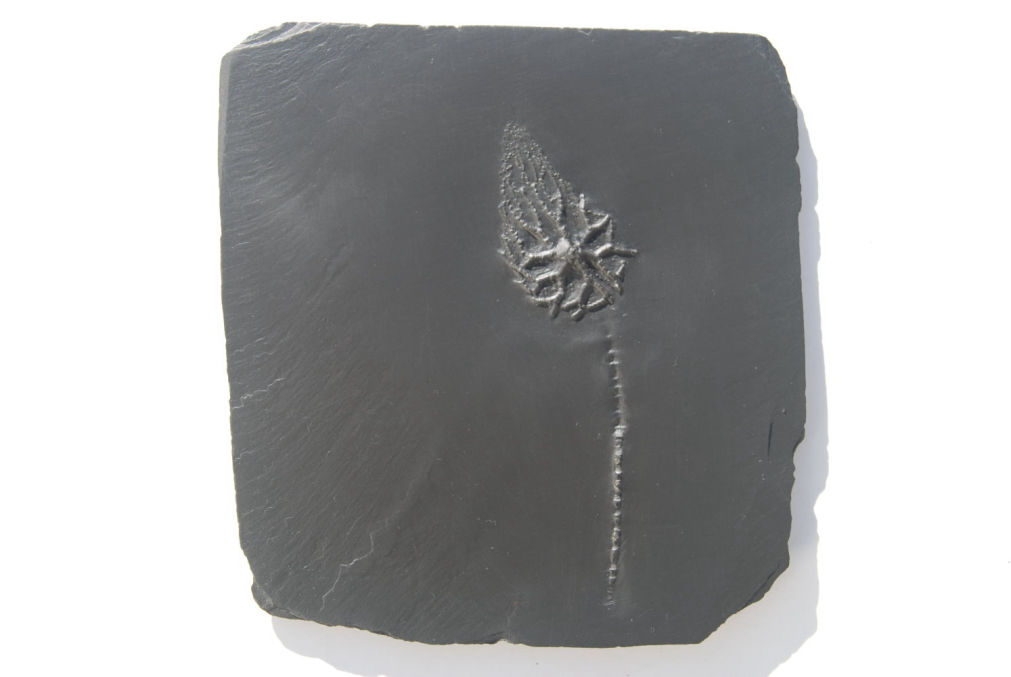
Taxocrinus stuertzii
11 cm (Fossil)_13x14 cm (Matrix)
Bundenbach, Grube Obereschenbach
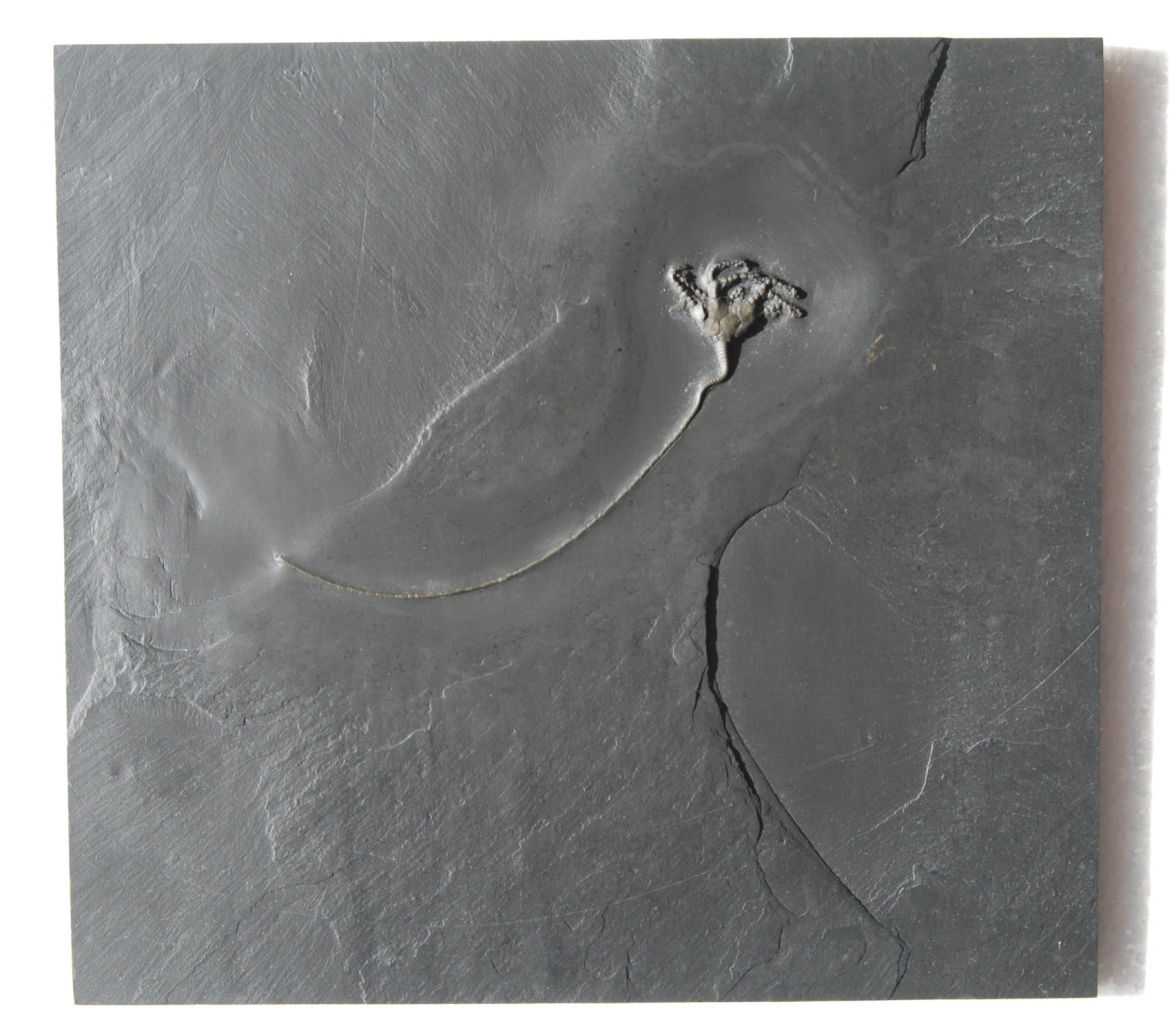
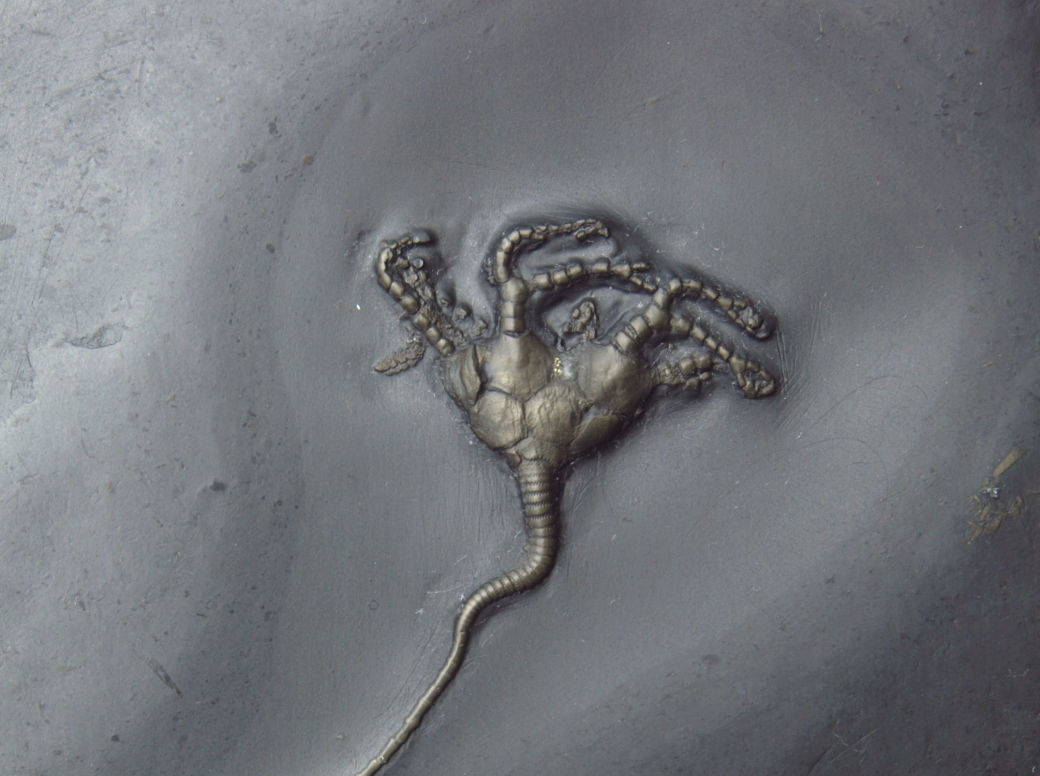
Codiacrinus schultzei
23x21.5 cm
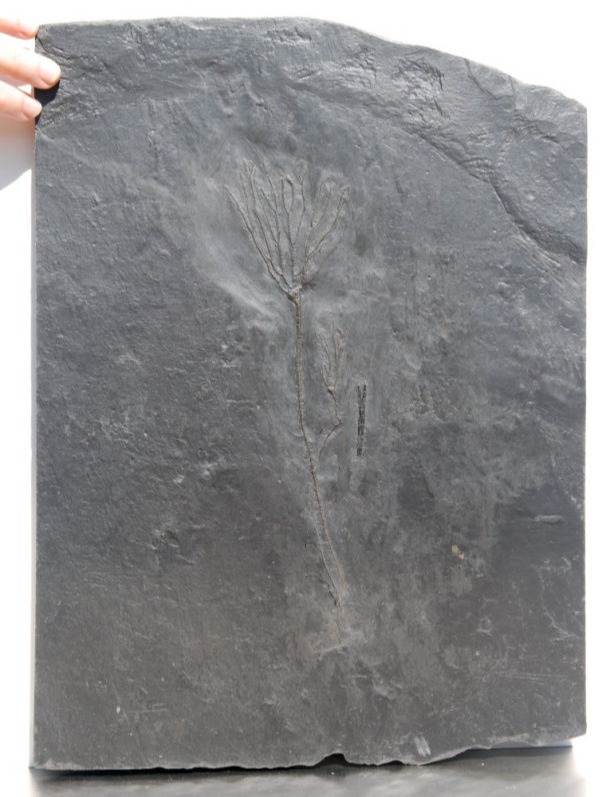

Bactrocrinites jaekeli (XL)
28x38x2 cm (Matrix)
Bundenbach; Grube Obereschenbach


Bactrocrinites jaekeli colony
18x19.5 cm (Matrix), 15 cm (Fossil)
Bundenbach, Grube Obereschenbach


Rhadinocrinus nanus
Bundenbach, Grube Obereschenbach

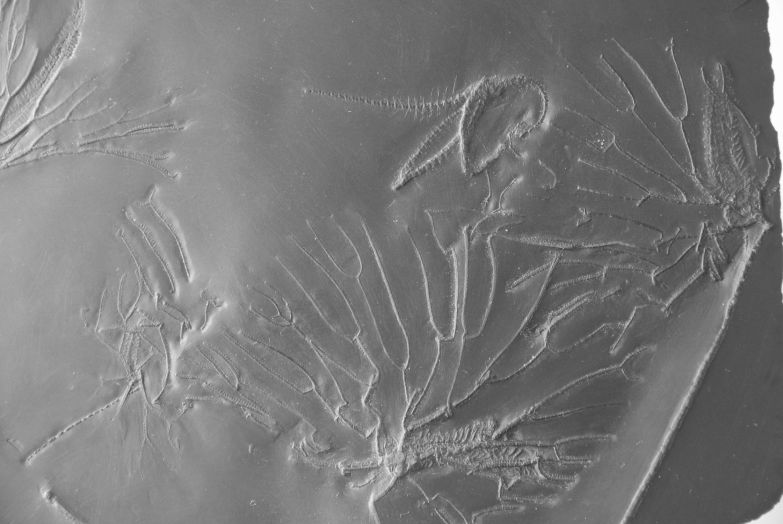
Parisangulocrinus zeaeformis, Eospondylus primigenius
15.5x13cm
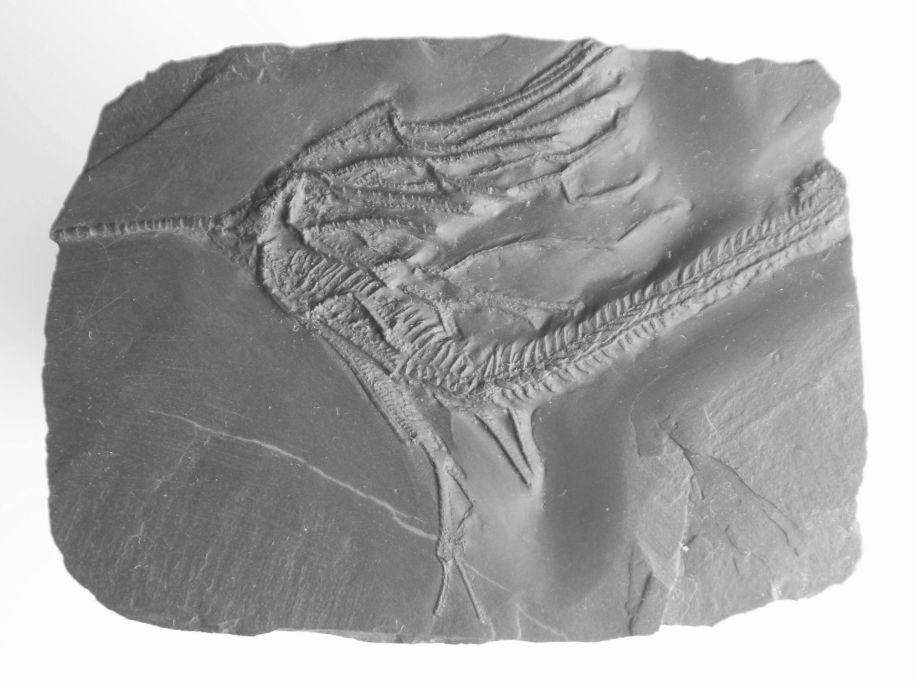
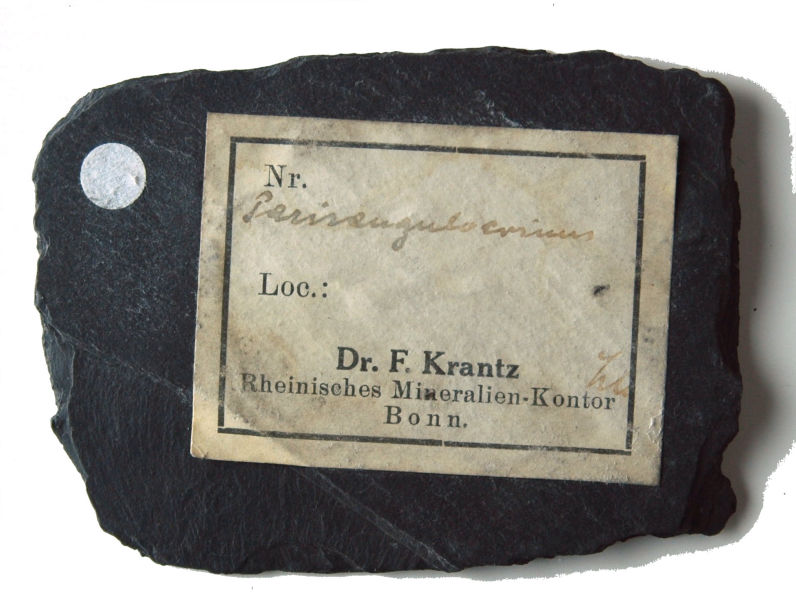
Parisangulocrinus furcaxialis
6.5x8.5cm
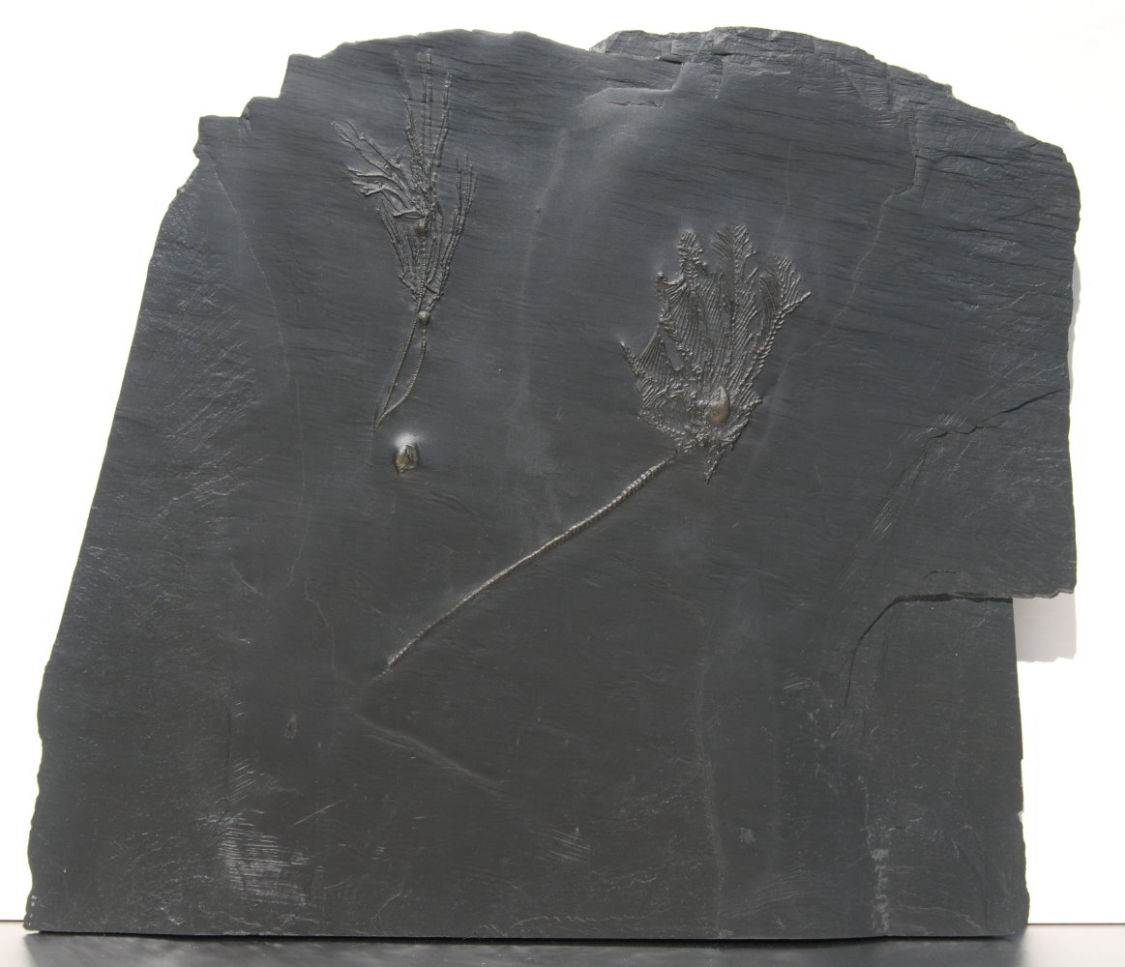
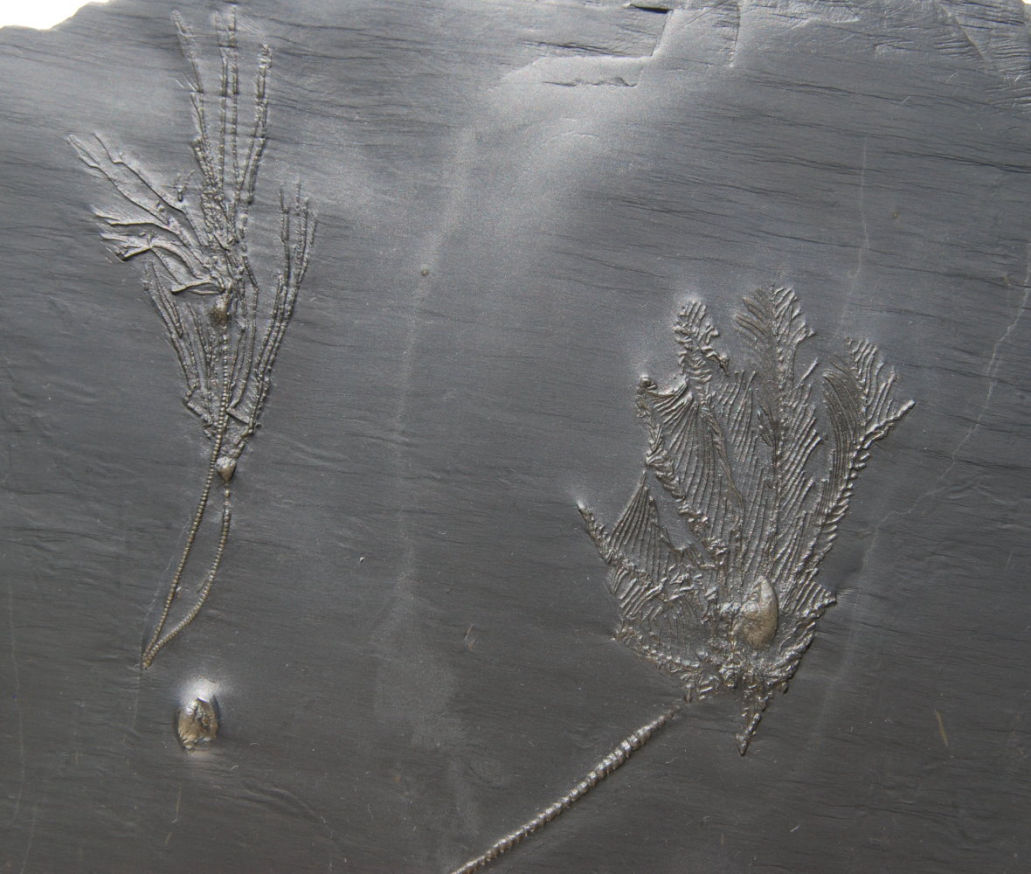
Hapalocrinis frechi + Platyceras (!), 2xBactrocrinites jaekeli
21.5x24 cm (matrix); 14, 10 cm (fossil)
Bundenbach; Grube Obereschenbach
Follicrinus grabei (XXL)
23x22 cm (matrix); 22 cm (fossil)
Bundenbach, Grube Obereschenbach
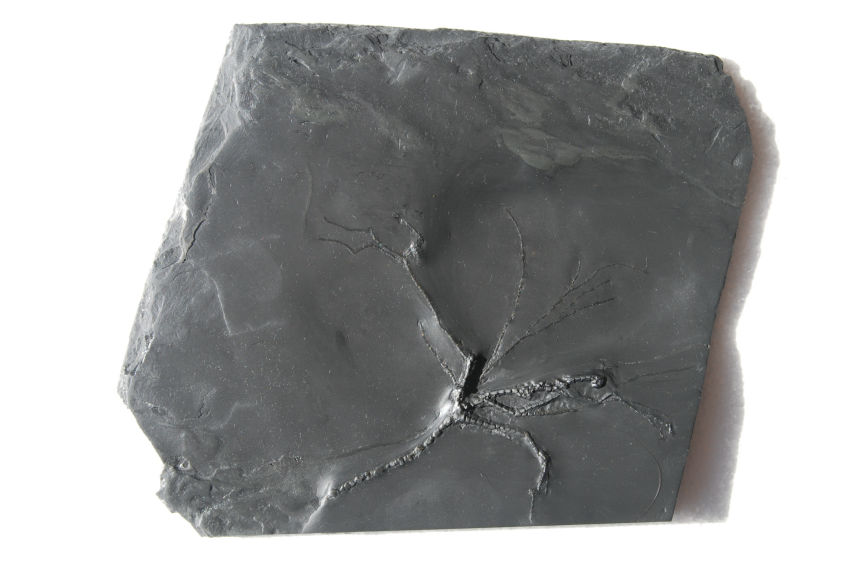
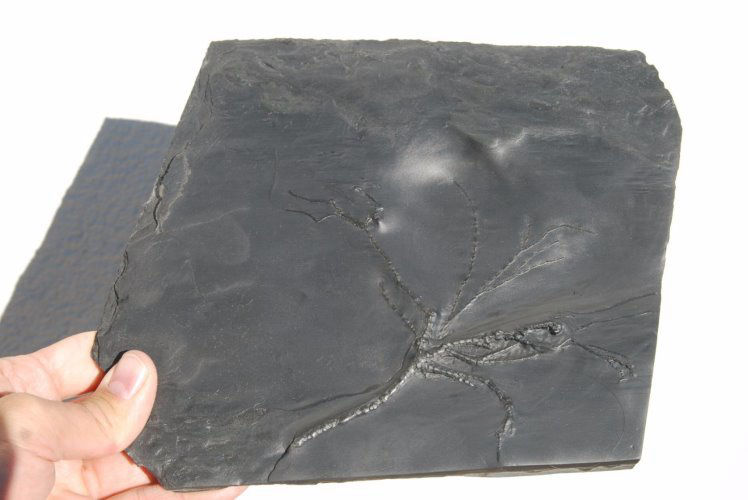
Follicrinus grabei
22 x20 cm
Bundenbach, Grube Obereschenbach
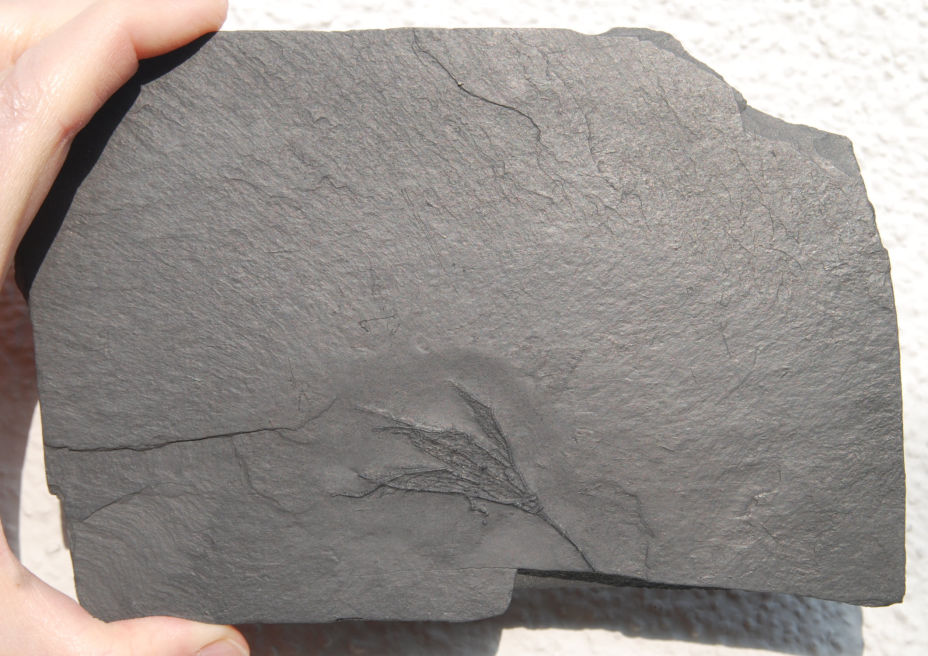
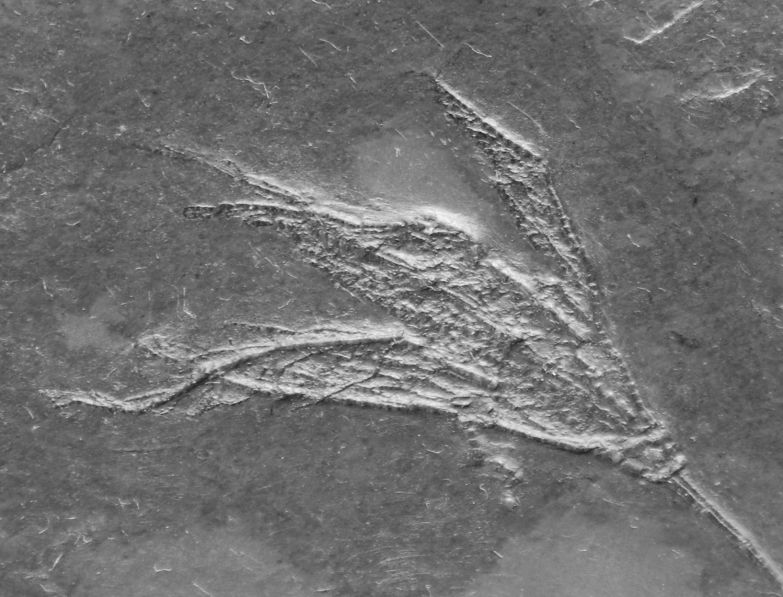
Rhenocrinus ramosus
16x11 cm, Grube Herrenberg

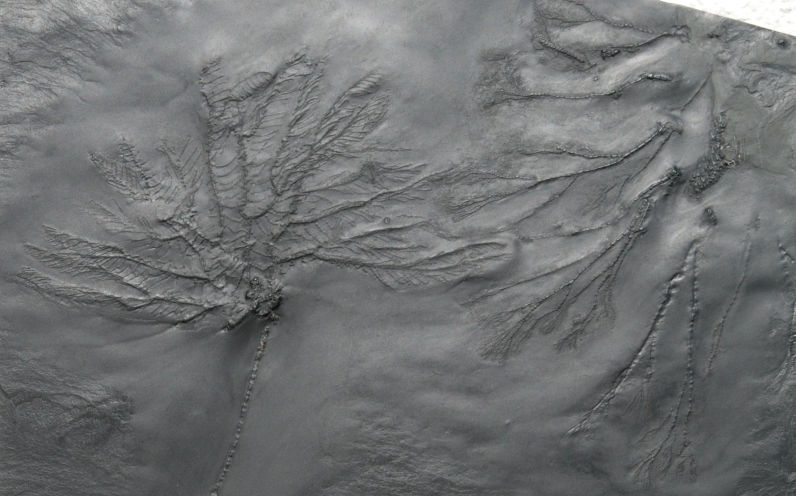
Hapalocrinus frechi , Gastrocrinus giganteus
34x34 cm


Rhenocsystis latipedunculata
3 cm (Fossil), 12x15 cm (Matrix)
Bundenbach, Grube Obereschenbach
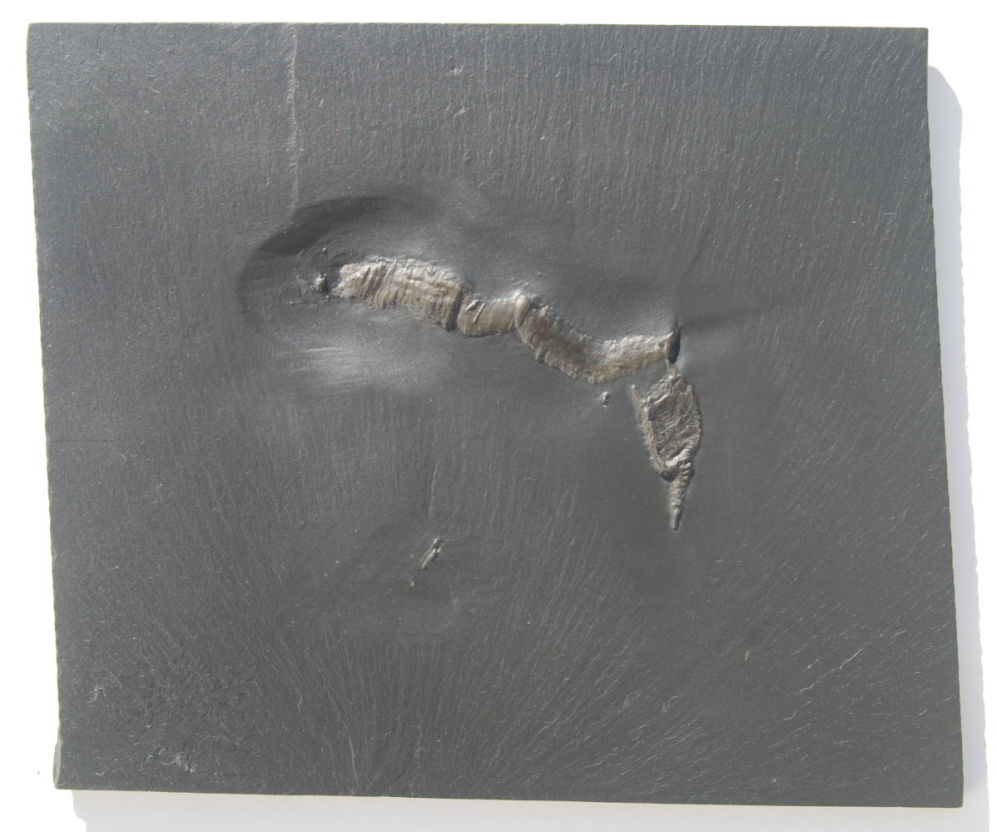

Rhenocsystis latipedunculata & Stopfgang
8 & 4 cm (Fossil), 18.5x16 cm (Matrix)
Bundenbach, Grube Obereschenbach
Crinoids are sometimes referred to as Sea Lillies because of their resemblance to a plant or flower. In parts of England, the columnals forming the stem are called fairy money, and star-shaped examples of these were associated with the sun by ancient peoples, and given religious significance. Robert Plot (1640—1696) named these stellate forms star stones.
Crinoids are marine animals belonging to the Phylum Echinodermata and the Class Crinoidea. An array of branching arms (brachia) is arranged around the top of a globe-shaped, cup-like structure (calyx) containing the main body of the animal. In many fossil forms the calyx was attached to a flexible stem that was anchored to the sea bed.
The skeleton is made of the mineral calcite, and consists of hundreds of individual plates of different shapes and sizes. Decay of the soft tissue that held many of these plates together means that complete specimens are rare, but parts of the stem are common fossils.
The first true Crinoids appeared during the Lower Ordovician. Following the global mass extinction at the Silurian boundary, they and underwent several major radiations at the early Devonian, Missisippian (peak) and Pennsylvanian. They almost became extinct at the end of Paleozoic Era in the Permian, but recovered to flourish again during the Mesozoic, in the Triassic and Jurassic (Lias, Dogger, Malm). Decreasing numbers in the Cretaceous, fossil record of crinoids rare in the Tertiary. More than 6,000 fossil species, belonging to more than 800 genera, have been described.
Crinoids can very basically be described as upside-down starfish with a stems. The stem of a crinoid extends down from what would be the top of a starfish, leaving the mouth of the organism opening skyward, with the arms splayed out. However, crinoid arms look articulated and feathery. The stalk extends down from the aboral surface of the calyx. The stalk column has holdfasts which attach the animal to substrate.
Today, approximately 600 living species are known; most free-living feather stars or comatulids living in the shallow seas. About 80 species of stalked sea lilies are restricted to the deeper water of today```s ocean.